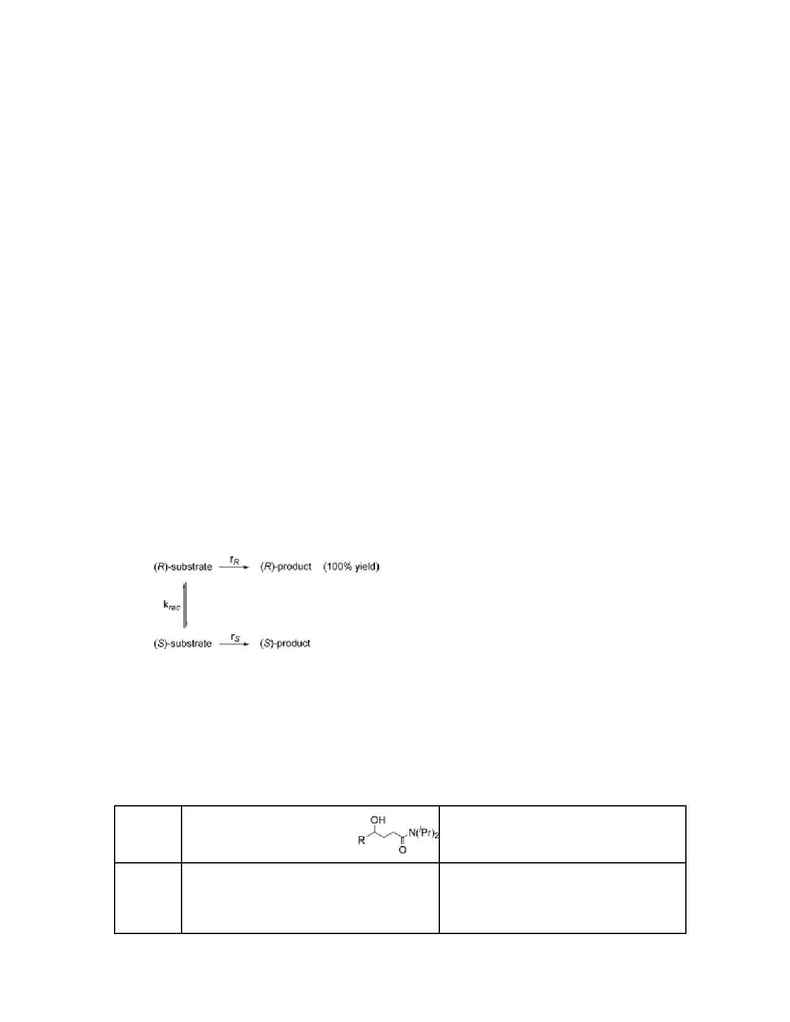
17
often able to generate optically active compounds. The increased awareness regarding the need to have
optically pure compounds for such uses as pharmaceutical and agrichemicals (so as to avoid unnecessary
toxicity and/or ecological damage) has been a significant driving force in the development and
exploitation of non-natural enzyme-catalyzed reactions. Thirdly, enzymes can promote reactions that are
difficult or impossible to emulate using other techniques of synthetic organic chemistry. Thus
bioconversions can generate new series of chiral synthons and, in other cases, may allow a short cut to be
taken in a known synthetic sequence. Fourthly, enzymes are natural catalysts, and this can be
advantageous where "green appeal" is commercial benefit and/or ecological requirement. Finally,
enzymes use water as the reaction medium, and as the disposal of organic solvents becomes progressively
more difficult, this may become increasingly important. On the other hand, some enzymes (e.g. lipases)
can function as catalysts in organic media, thus allowing a choice to be made regarding the preferred
solvent system.
SUMMARY OF SELECTED PAPER
One important function of enzyme in asymmetric synthesis is enzyme resolution of racemic mixture to
obtain pure enantiomer. The resolution of racemic mixtures has become an increasingly important field in
organic chemistry due to the ease of preparing racemic substrates and the number of transformations that
can be exploited to easily change one enantiomer in preference to the other .Kinetic resolution has been a
tool for chemists for almost 150 years and remains an important transformation for creating enantiopure
samples.The one major limitation of this technique is that the maximum theoretical yield is 50%due to
the consumption of only one enantiomer. Because of this,the unreacted enantiomer must be racemized
and resubmitted to resolution conditions in order to increase this yield. If the racemization can occur
concurrently with the kinetic resolution, known as dynamic kinetic resolution,then theoretically 100% of
the racemic mixture can be converted to one enantiomer (Keller:2001).
In the selected paper, Fransson et al (2005) performed an efficient kinetic resolution (KR) of racemic
-
hydroxy amides via Psudomas cepacia lipase (PS-C)-catalyzed transesterification combined with a
ruthenium-catalyzed recemization led to a dynamic kinetic resolution (DKR). The synthetic procedure
was illustrated by the synthesis of the versatile intermediate
-lactose (R)-5-methyltetrahydrofuran-2-one.
Figure 1. Principle of Dynamic Kinetic Resolution
The basic principle of DKR is illustrated in Figure 1. the un-reactive enantiomer is continuously
racemized and the desired enantiomer can be theoretically obtained in 100% yield and 100% ee. In a
good DKR process the rate of racemization, k
rac
, should be higher than the rate of product formation, r
R
.
The rate of undesired product formation, r
S
should be slower than product formation (r
R
>>r
S
).
The authors had conducted series of experiment to find out the best synthesis conditions, consists of
varieties of solvent, acyl donor, hydrogen source, enzymes and derivatives of substrates.
Table 2. Summary of the synthesis
Substrate
-hydroxy amides
R = Methyl-,Ethyl-, n-propyl-,
n-butyl-, NCCH
2
-, CH
2
=CHCH
2
-,
MeOCH
2
-, ClCH
2
-
The enantioselectivity and the activity decrease
with increasing chain.
Enzymes
Candida Antarctica lipase B (CAB),
Pseudomonas species lipase (PS-C),
Pseudomonas fluorescens (PF), porcine pancreas
lipase (PPL), Candida rugosa, Aspergillus
CAB, PS-C and PF showed good activity. CAB
show low enantiomeric ratio. PF showed low
rate of reaction. No reaction for PPL, C. rugose
and Aspergillus. PS-C showed reasonable
activity and excellent enantioselectivity.
